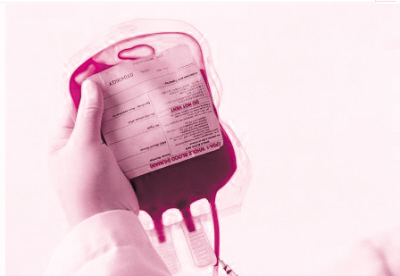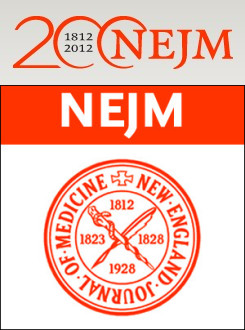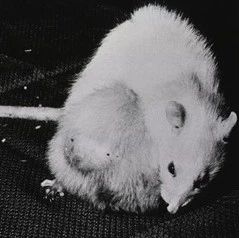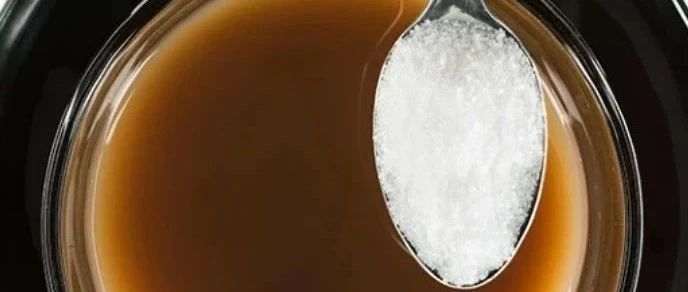导读:4月12日,New England Journal of Medicine发表了迄今为止规模最大的一项儿童急性淋巴细胞白血病研究结果,对于诱导化疗无效的儿童ALL患者来说,干细胞移植或许不是最佳的治疗方案。这一结论或改变目前的临床治疗方案。

4月12日,新英格兰杂志(New England Journal of Medicine)发表了迄今为止规模最大的一项儿童急性淋巴细胞白血病(ALL)研究结果,对于诱导化疗无效的儿童ALL患者来说,干细胞移植或许不是最佳的治疗方案。这一结论或改变目前的临床治疗方案。
儿童ALL十分罕见,仅占总数的2%-3%,属于高风险人群。目前当此类患者诱导治疗无效时,医生通常会选择干细胞移植进行治疗。而此项研究发现,6岁以下的B前体淋巴细胞白血病患者采用化疗的效果要优于干细胞移植。
研究作者之一的田纳西St. Jude儿童研究医院肿瘤部门主任Ching-Hon Pui博士说,这项结果令人十分惊喜,这说明对于某些患者来说采用化疗会是更好的方法,而不是大多数儿童肿瘤专家认为的最佳治疗方案干细胞移植。
我相信目前的证据已经足够支持此疗法应用于临床,Ching-Hon Pui博士说。
诱导治疗通常包含3-4种药物,包括,类固醇,长春新碱,天门冬酰胺及danorubicin。分析发现,诱导治疗失败的患者预后较差,10年生存率只有32%,而诱导治疗后进行移植或化疗的患者治疗率很高,在发达国家约为80%-90%。
诱导治疗失败在临床上十分罕见,发生率只有2%-3%,但却是儿童ALL患者最不利的结果之一。
研究人员在美国、欧洲、日本14个研究中心,1985年-2000年间,年龄为0-18岁的44,017名新诊断ALL患者中筛选出1014名(2.4%)诱导治疗失败的病例。研究发现诱导治疗失败的患者间具有高度不一致性,患者的预后效果取决于后继治疗。T细胞白血病患者进行异基因干细胞移植的效果优于化疗,相反的,无其他不良特征的 B前体淋巴细胞白血病患者(约占总数的25%)进行化疗的效果更佳。
另外,13%的诱导治疗失败患者有费城染色体,由于靶向药物如伊马替尼(格列卫)可改善其预后,未被纳入分析。
研究人员说,预后最佳的患者是年龄小于6岁或有高度超二倍体的 B前体淋巴细胞白血病患者。该亚组人群单纯使用化疗的10年生存率为72%,这一结果相比于诱导治疗失败患者32%的生存率要好得多。分析显示,异体干细胞移植对于年龄小于6岁、诱导失败、细胞遗传学特征无高风险的前B细胞ALL患者无益。
鉴于此结果,Pui博士表示,不推荐1~6岁的无其他高风险的 B前体淋巴细胞白血病儿童进行移植。应首先使用高剂量甲氨蝶呤和巯基嘌呤治疗,治疗效果良好的病人继续强化化疗,效果较差的病人再考虑移植。

Outcomes after Induction Failure in Childhood Acute Lymphoblastic Leukemia
Martin Schrappe, M.D., Stephen P. Hunger, M.D., Ching-Hon Pui, M.D., Vaskar Saha, F.R.C.P.C.H., Paul S. Gaynon, M.D., André Baruchel, M.D., Valentino Conter, M.D., Jacques Otten, M.D., Akira Ohara, M.D., Ph.D., Anne Birgitta Versluys, M.D., Gabriele Escherich, M.D., Mats Heyman, M.D., Ph.D., Lewis B. Silverman, M.D., Keizo Horibe, M.D., Ph.D., Georg Mann, M.D., Bruce M. Camitta, M.D., Jochen Harbott, Ph.D., Hansj?rg Riehm, M.D., Sue Richards, D.Phil., Meenakshi Devidas, Ph.D., and Martin Zimmermann, Ph.D.
Background: Failure of remission-induction therapy is a rare but highly adverse event in children and adolescents with acute lymphoblastic leukemia (ALL).
Methods: We identified induction failure, defined by the persistence of leukemic blasts in blood, bone marrow, or any extramedullary site after 4 to 6 weeks of remission-induction therapy, in 1041 of 44,017 patients (2.4%) 0 to 18 years of age with newly diagnosed ALL who were treated by a total of 14 cooperative study groups between 1985 and 2000. We analyzed the relationships among disease characteristics, treatments administered, and outcomes in these patients.
Results: Patients with induction failure frequently presented with high-risk features, including older age, high leukocyte count, leukemia with a T-cell phenotype, the Philadelphia chromosome, and 11q23 rearrangement. With a median follow-up period of 8.3 years (range, 1.5 to 22.1), the 10-year survival rate (±SE) was estimated at only 32±1%. An age of 10 years or older, T-cell leukemia, the presence of an 11q23 rearrangement, and 25% or more blasts in the bone marrow at the end of induction therapy were associated with a particularly poor outcome. High hyperdiploidy (a modal chromosome number >50) and an age of 1 to 5 years were associated with a favorable outcome in patients with precursor B-cell leukemia. Allogeneic stem-cell transplantation from matched, related donors was associated with improved outcomes in T-cell leukemia. Children younger than 6 years of age with precursor B-cell leukemia and no adverse genetic features had a 10-year survival rate of 72±5% when treated with chemotherapy only.
Conclusions: Pediatric ALL with induction failure is highly heterogeneous. Patients who have T-cell leukemia appear to have a better outcome with allogeneic stem-cell transplantation than with chemotherapy, whereas patients who have precursor B-cell leukemia without other adverse features appear to have a better outcome with chemotherapy. (Funded by Deutsche Krebshilfe and others.)







